In nature, children learn to take risks, overcome fears, make new friends, regulate emotions, and create imaginary worlds. - Angela J Hanscom, Balanced and Barefoot
Welcome to Week 8 of the Inclusive Community Outdoor Challenge! If you're new to the challenge, you can view the full challenge here where you can view past weeks and navigate via the table of contents. You'll also be able to find transcripts for all the weeks' audio on this page.
This week's challenge prompts us to think a little bit more about how the love of the outdoors begins. For the very young amongst us, we know it begins with outdoor play. So, we ask ourselves, what are the play options that exist in the community around us?
-Challenge
- Check out the playground of the elementary school closest to you.
- Locate your closest adaptive public playground and visit.
- Compare play spaces in different parts of your community to see how they stack up against one another.
- Beyond public playgrounds, what kinds of natural elements exist nearby that could offer opportunities for unstructured outdoor play?
-Questions/Reflections
- What is the condition of the play space and the equipment? Does it look well-maintained and safe? Is there shelter from the sun? Does it include grassy areas and natural elements? Do you think all kids would be able to access and enjoy the play space? Does it contain adaptive play elements? Are these spaces public, free, and open to all?
- How might a lack of adequate access to quality and inclusive outdoor play space for any children in your community negatively impact all of the children in your community? What might be some of the broader and longer-term impacts for the community as a whole?
In the comments, feel free to share what you learned. (You'll need to sign in to comment)
-My Experience
In this week's experience, I had the opportunity to visit two local playgrounds: a recently renovated and adaptive city playground as well as my local elementary school playground. See the pictures below. We'll also hear from Amanda McDougald Scott, a local expert on family and community studies, and we revisit comments from adaptive athlete and disability activist Christ Sparrow.
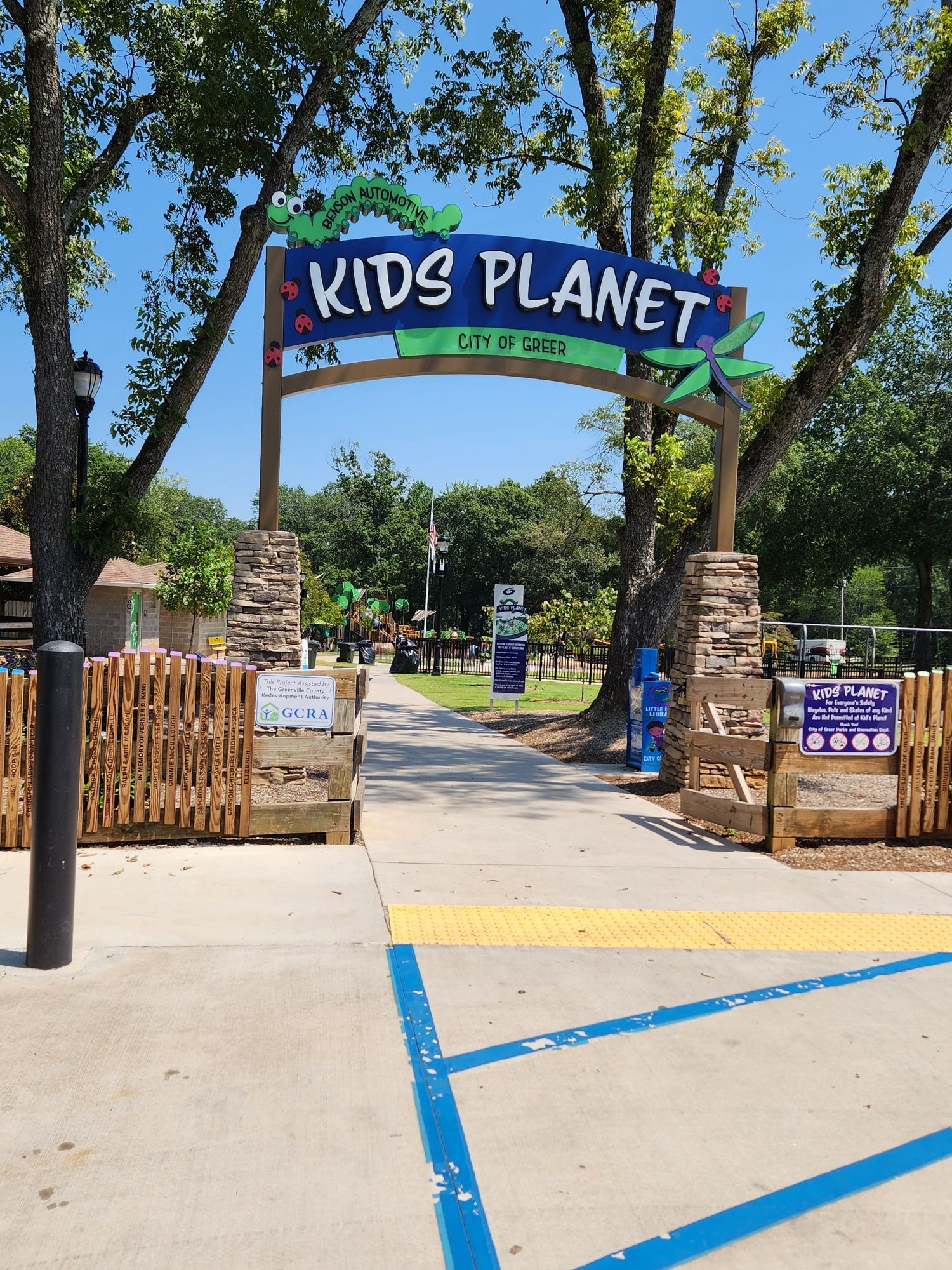
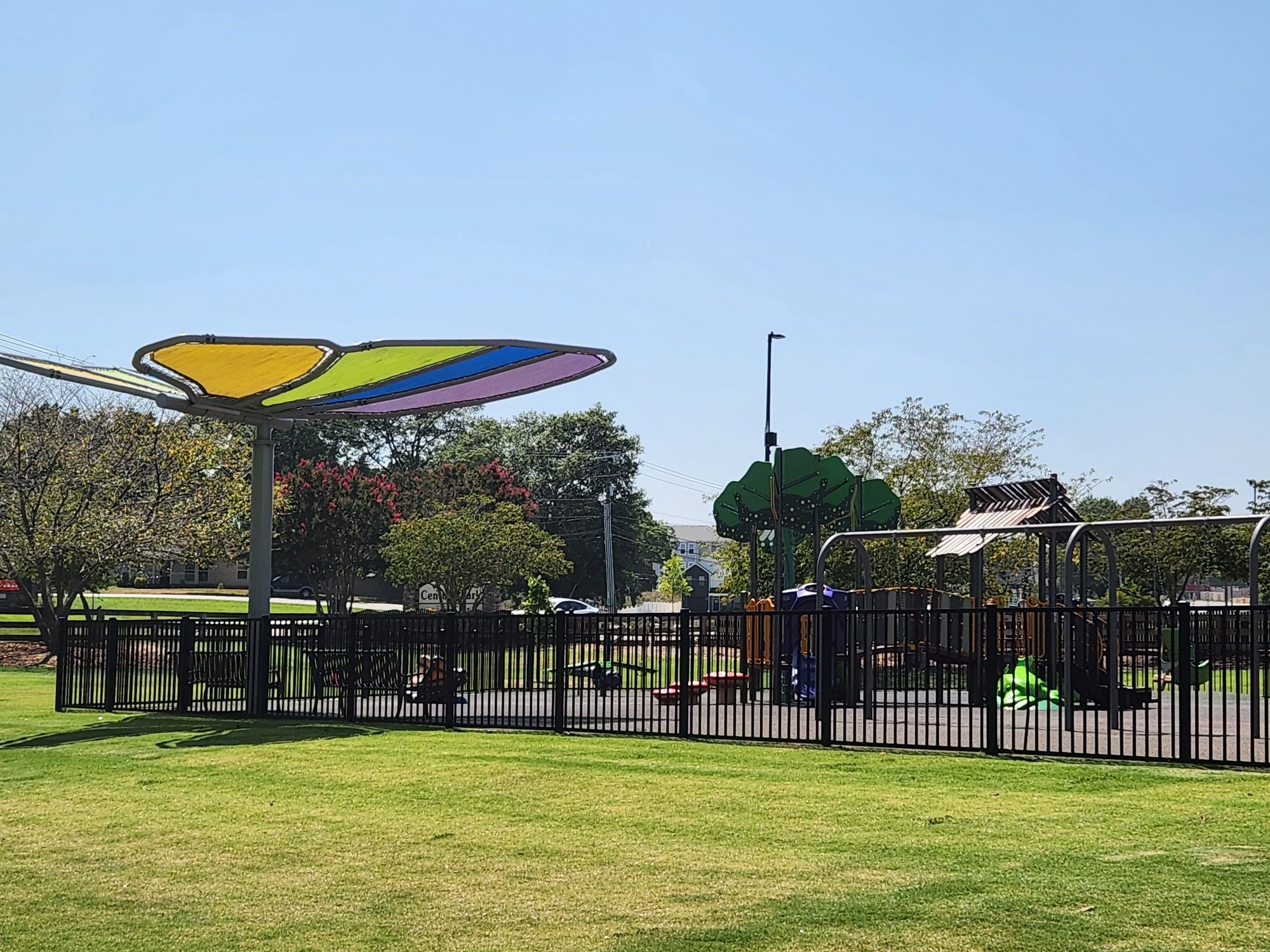
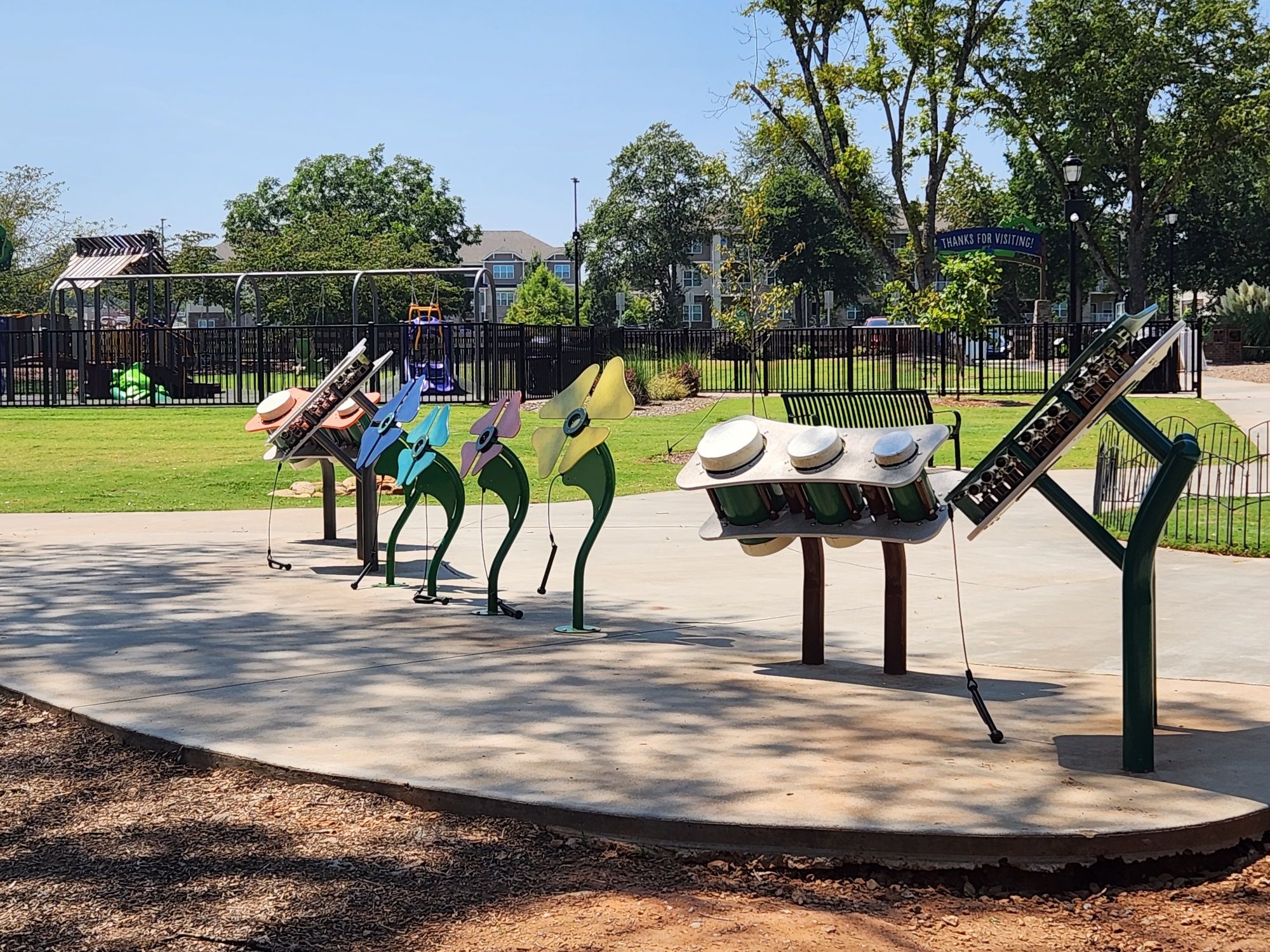
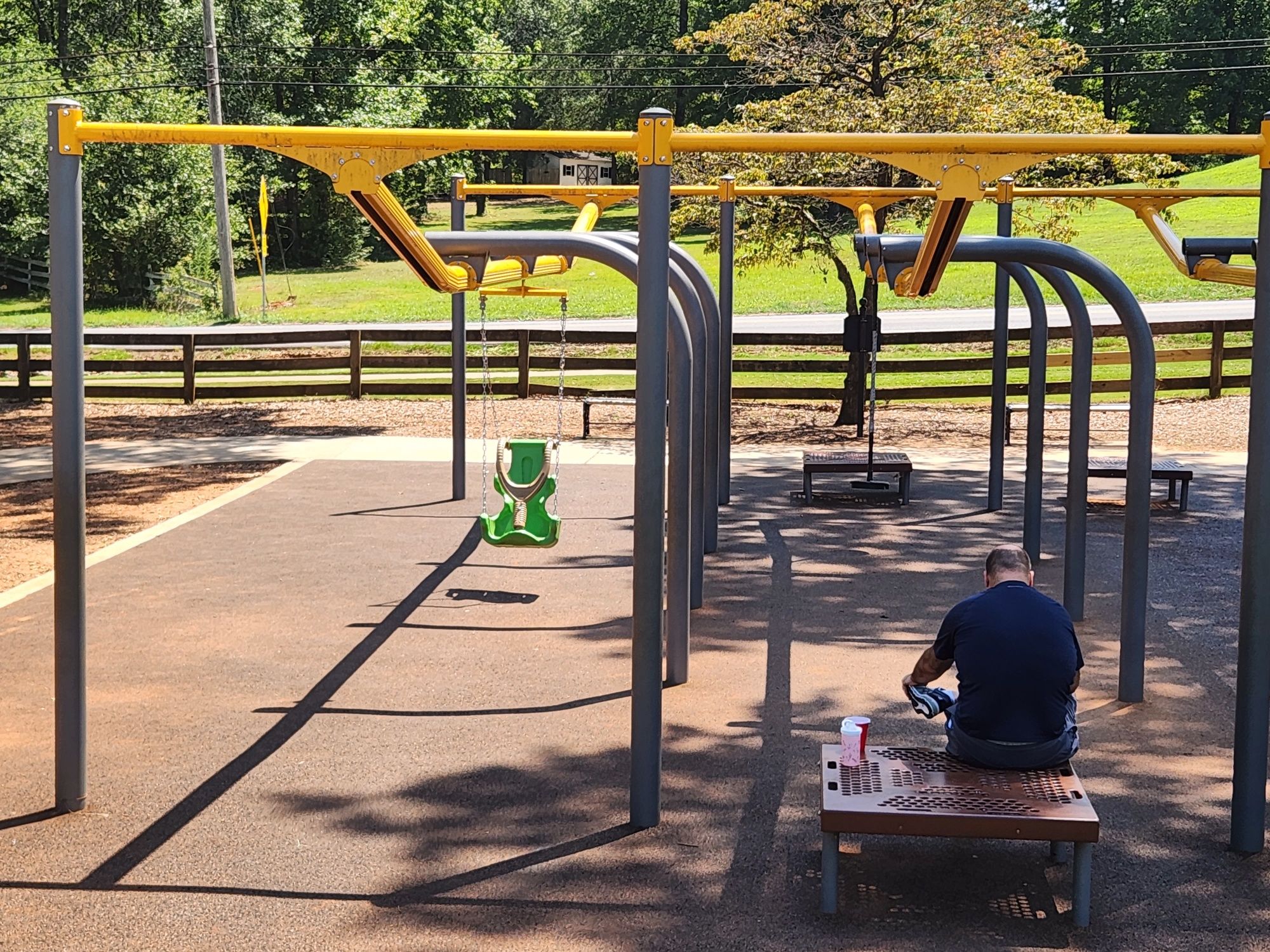
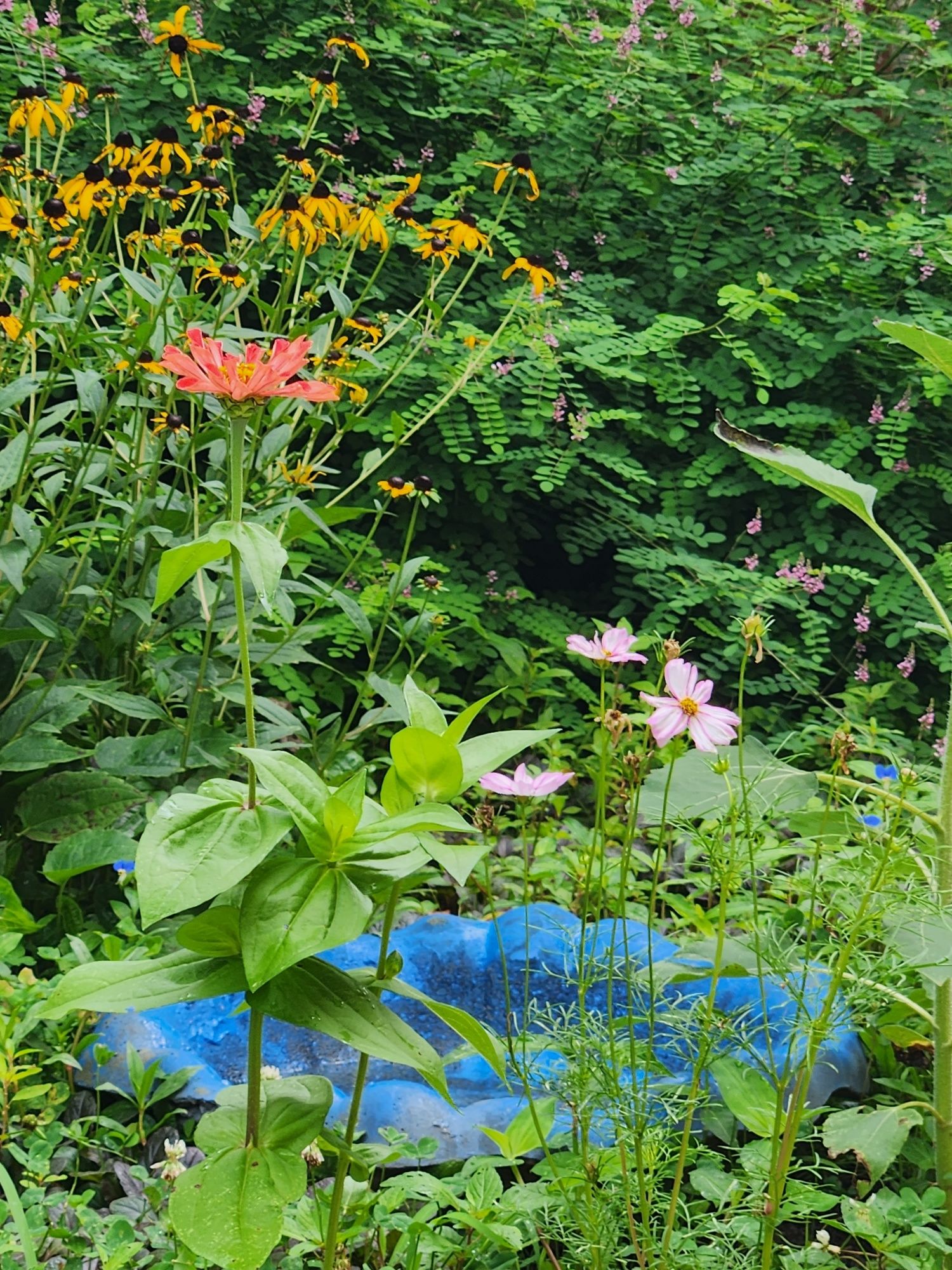
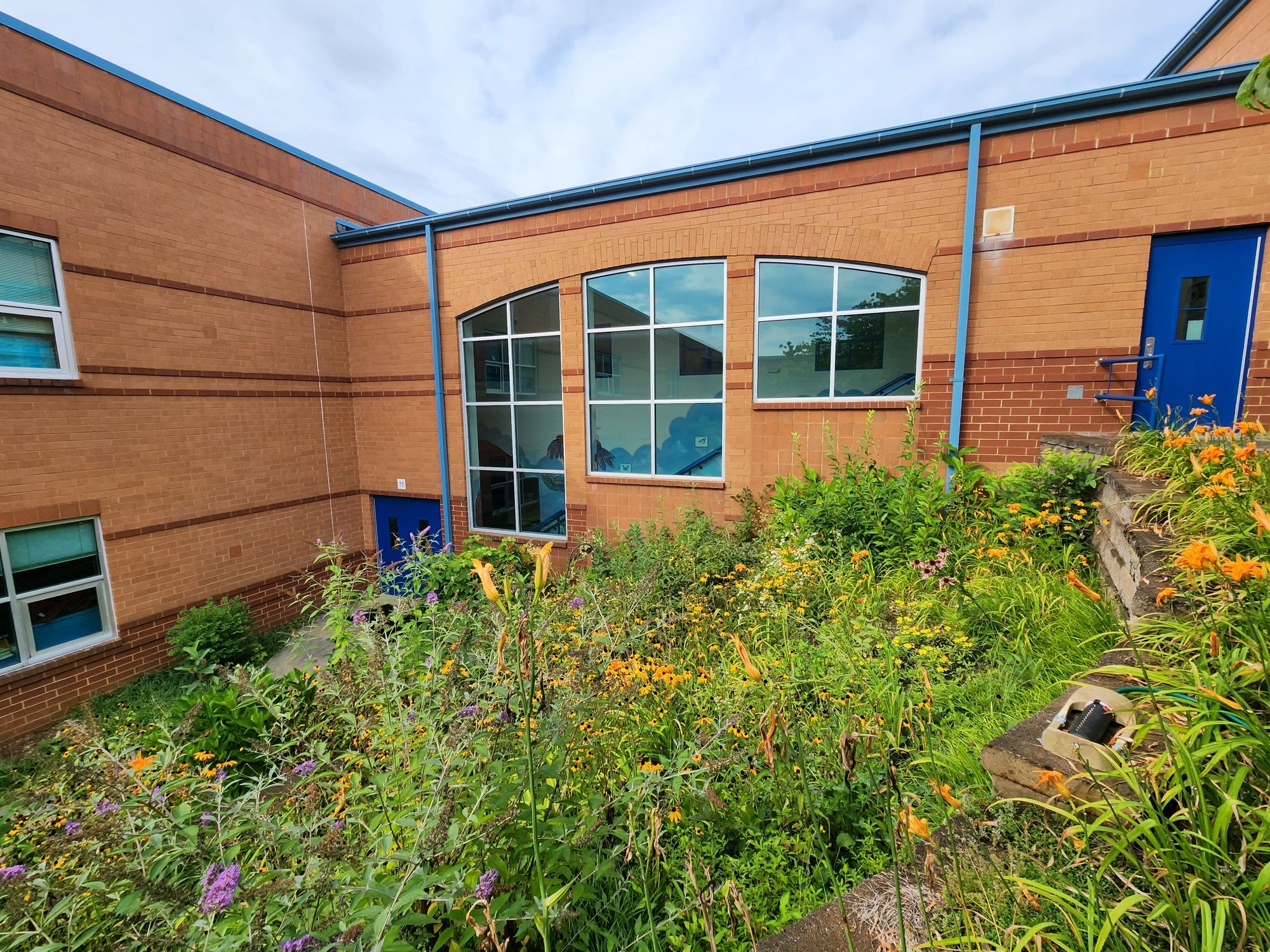
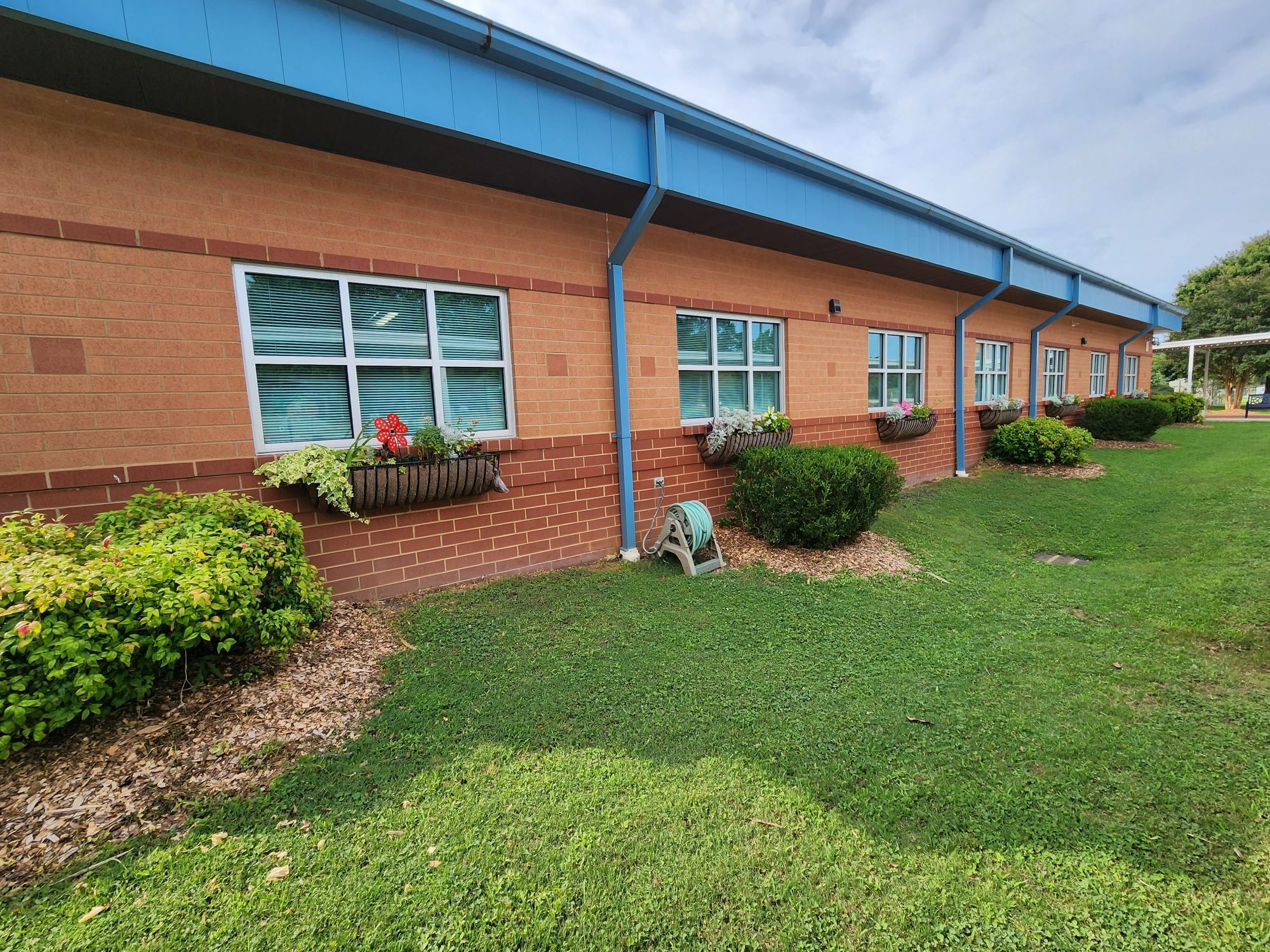
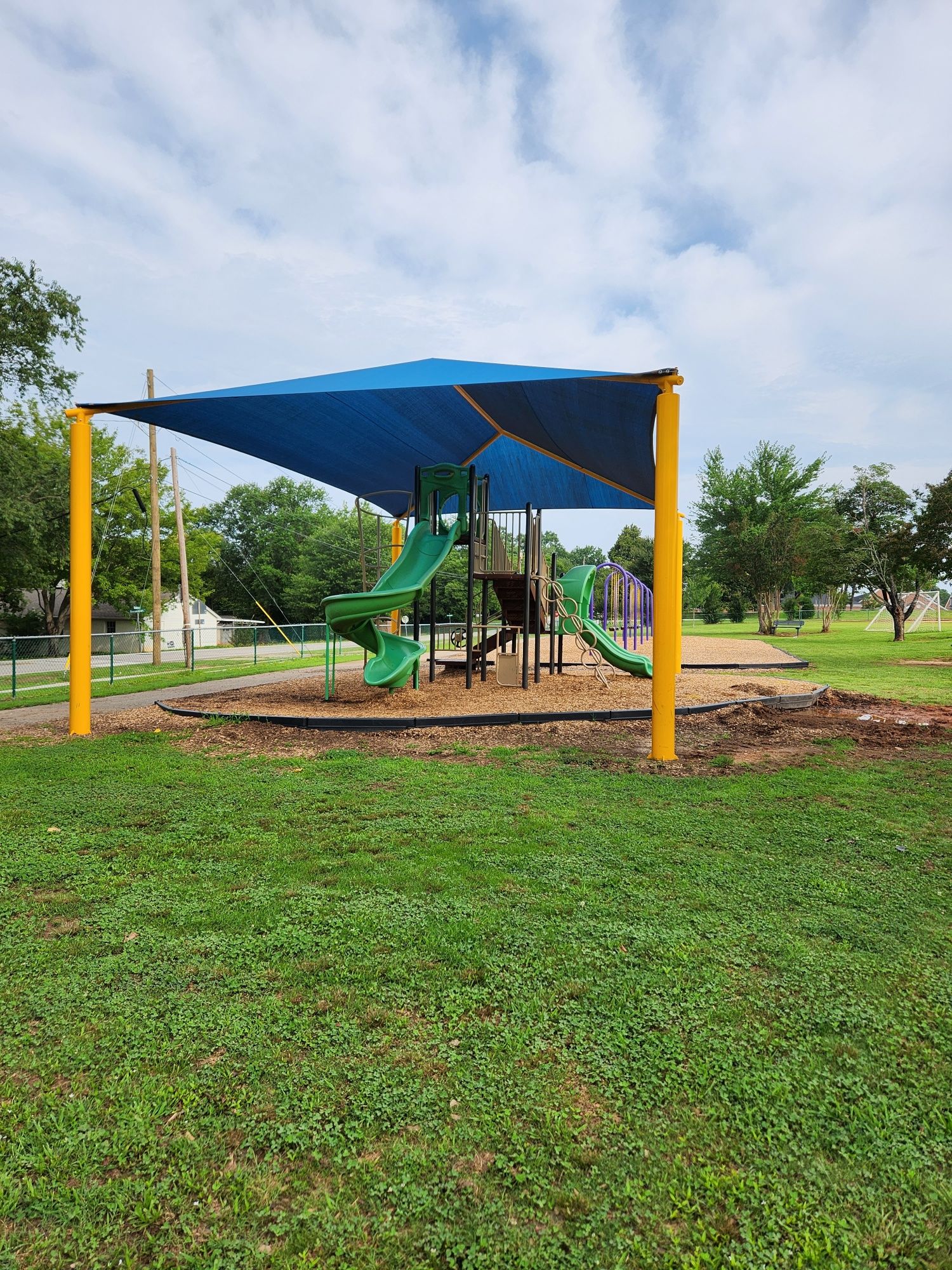
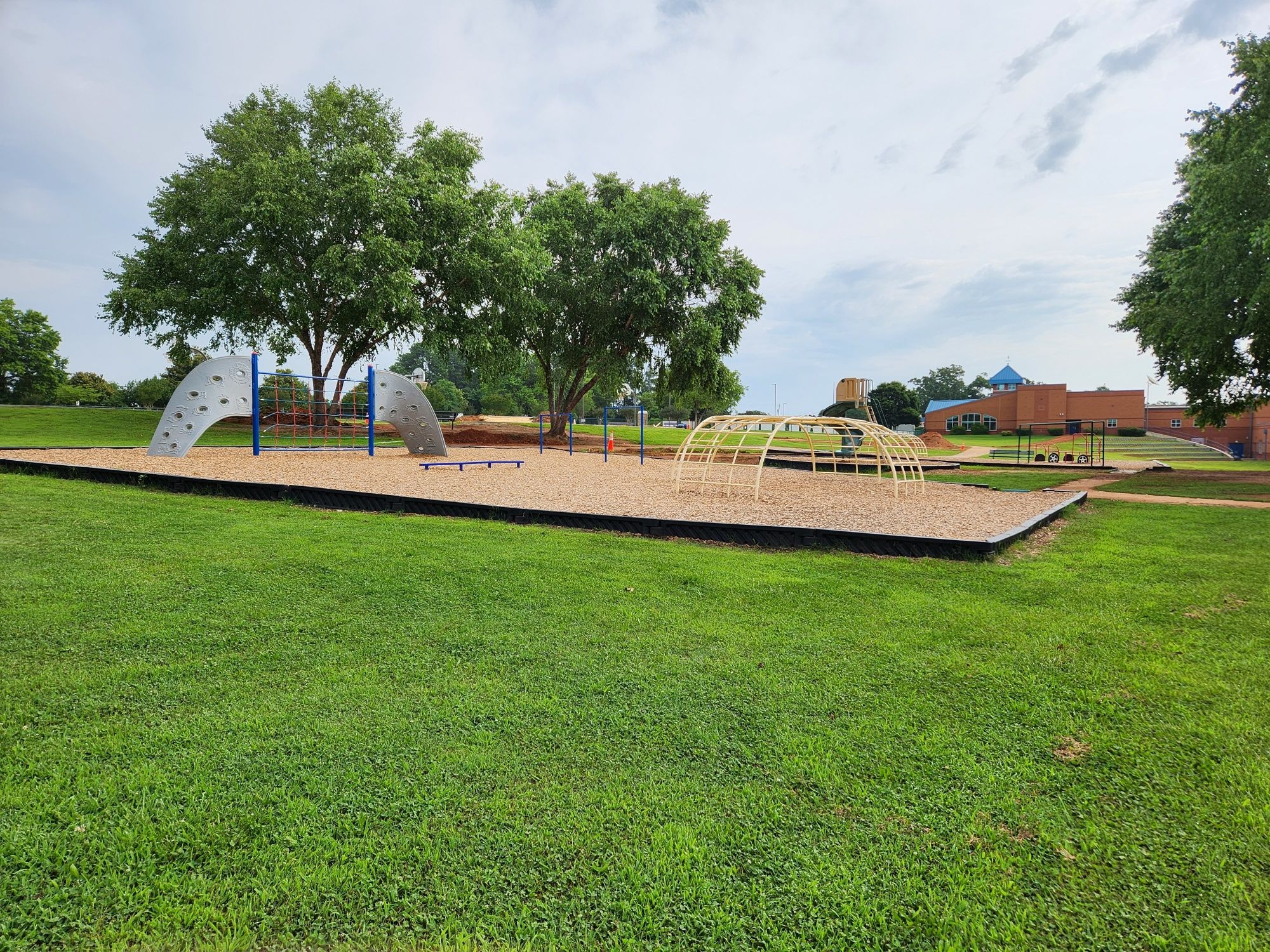
-Additional Thoughts
Playing Outside: Why It’s Important for Kids
The Nature Conservancy: Getting kids outside: one of the best things a parent can do
Finding Nature in Your Neighborhood
Kaboom: Ending Playspace Inequity. For Good.
My local research on playgrounds didn't yield all that I had hoped in my hometown. However, I did come across some wonderful work being done in Pitt County, North Carolina, and their city of Greenville, N.C. A few years back, Greenville opened a lovely inclusive playground. The overview of that playground project and related video give you an idea of what this could look like in a community and the partners who made it possible. In addition, across their county, they have designated all of their schools as community schools and all of the school playgrounds as school parks through joint-use agreements with the county, and they are looking to go even further in their upcoming strategic plan. Pitt County is clearly working to make play more accessible and inclusive for all of the children in their community. Well done!
Thanks for reading. If you're interested in building a more inclusive community and world, I'm sure you know others who are too. Please share this newsletter with a colleague or friend.
This newsletter is a publication from State of Inclusion.


